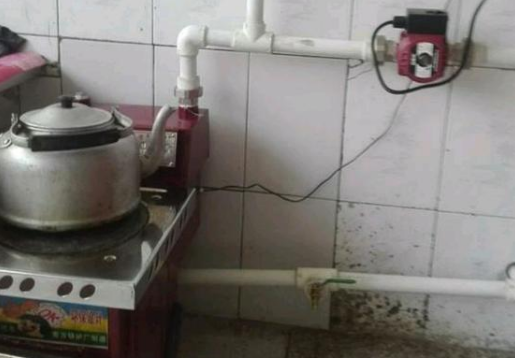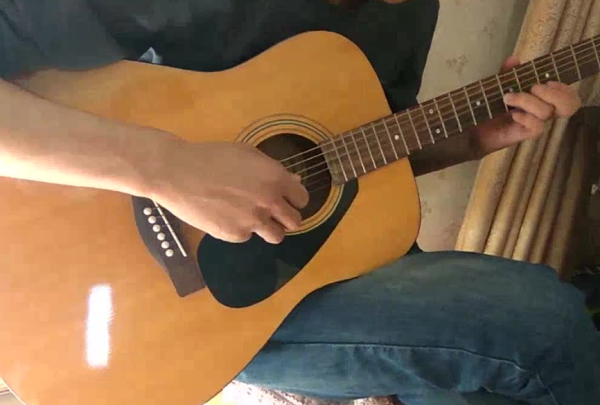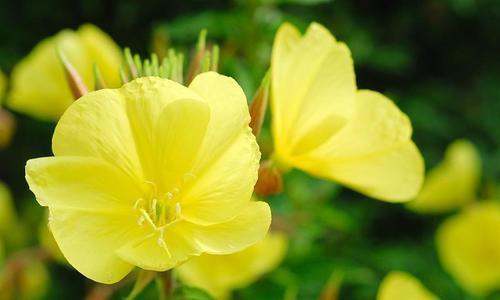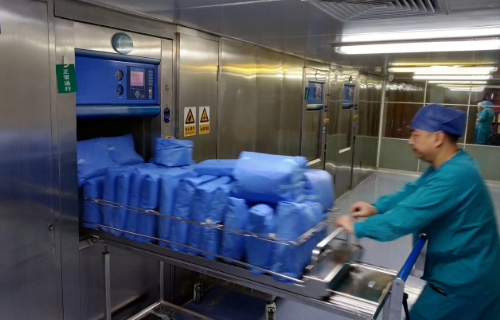本文目录
用英语介绍地铁轨道
找到一篇关于上海轨道交通建设的英语文章,希望对你有点帮助。
SHANGHAI METRO LIGHT RAIL SYSTEM, CHINA
The economic boom in Shanghai, which has a population of 15 million, had unleashed such a surge in traffic by the end of the 1980s that the transportation system was facing meltdown.
The city's authorities, who were increasing happy to seek advice from Western Europe and North America, decided in favour of a 40-year phased programme that would include 11 metro lines covering over 325km.
Although still in its relatively early stages with only three routes clearly mapped out, Metro has cut cross-city travel times in some cases from over an hour to a few minutes. A million journeys a day are expected by 2005.
THE PROJECT
After six years of construction and preparation work, Line 1 opened to considerable fanfares in April 1995, connecting the northern and southern districts of the city, and a 5.25km extension was added in 1996.
The early projects were delivered under a comprehensive contract between the corporation and its chosen consortium, comprising Adtranz (now Bombardier) and Siemens.
The contract with the two manufacturers covered the design, production, delivery and introduction into service of the rolling stock, traction power supply, overhead line system, station and telecommunications equipment, and signalling control and data analysis equipment. Finance was provided by a soft loan of DM 460 million from the Federal Republic of Germany.
The first phase of Line 2 was inaugurated on 13 June 2000, and when the whole section is finally completed it will link Hong Qiao International Airport and the new Pudong International Airport. The 25km Line 3, known as the Pearl Line, opened for revenue service in 2001.
INFRASTRUCTURE
Line 1, which has 16 stations, starts in the southern district at Xin Zhuang, and travels underneath the city centre to the central railway station.
The first 16.4km-long underground section of Line 2 runs from Zhongshan Park to Longdong Road Station in Pudong, and opened in September 1999, in time for the 50th anniversary of the People's Republic of China. When finally complete, Line 2 will be 55km long and stretch from Hong Qiao Airport, passing under a number of residential areas, public parks and the Huangpu River, to Pudong International Airport.
Line 3, the 19-station Pearl Line also has the main station as its focal point, but loops northwards on elevation from Shanghai South station to Zhongshan Park and terminates at Jiangwan Zhen. Starting with 25km and 19 stations, it will eventually be 62km in length.
The interiors of stations aim to make it easy for passengers to distinguish between lines. Hanging lamps and lattice flooring are constant themes but different styles of beams and columns, and individual styles of decoration have been adopted.
Power for the system is fed from the city's 110kV main supply, via two infeed stations, which feed seven sub-stations along the route.
ROLLING STOCK
The trains for Line 1 were supplied by another consortium, the German Shanghai Metro Group, which, along with Adtranz and Siemens, also includes brake equipment manufacturer AEG Westinghouse, and coach body builder Duewag.
The vehicles were designed especially to meet specifications laid down by Shanghai Metro Corporation covering the anticipated passenger numbers per hour and direction.
The trains usually operate in formations of six cars with capacity for 1,860 passengers, but these can be increased to eight cars, with the addition of two extra motor cars to cope with extra loadings at peak times. Each car also has five pairs of pneumatically operated pocket sliding doors on each side.
New trains introduced for Line 2 services incorporated technological improvements over their predecessors, and were based closely on vehicles for Guangzhou, which closely followed Shanghai in building a new light rail system. Enhancements incorporated in the new trains include more efficient air conditioning and larger doors.
When Line 3 first opened, the fleet of 28 Alstom Megapolis six-car trains had not arrived, so stock was borrowed from the other lines to offer a limited service.
In May 2002, Siemens won an order for 28 trains for the Pearl Line, with an option for another ten, while Bombarder is bulding ten new six-car train sets in Cuina for Line 1, with bogies from the UK and propulsion equipment from Sweden.
SIGNALLING/COMMUNICATIONS
Signalling installations are being provided by Alstom under the terms of the comprehensive contract it has been awarded for the development and construction of Line 3.
The motor car of each train has equipment which can detect and monitor faults, and pass on such information to the driver. The diagnostic signals are also stored so that these faults can be easily pinpointed when a train returns to the maintenance depot.
The original ticketing system has not proved successful and, from 2003, a new plastic single-journey ticket has replaced the old magnetic and paper cards. Small chips are embedded in the new tokens so passengers only need to hold them near the check-in machines while entering a subway station and throw them into the check-out machines while departing.
THE FUTURE
An ambitious plan adopted by the Shanghai Metro Corporation for 2025 envisages a comprehensive network of 11 lines over 325km, supported by seven light rail routes (136km).
Line 1 is being further extended from the current terminal at Shanghai railway station to Baoshan district in the northern part of the city. The Pearl Line will link Minghang District in the southwest and Baoshan District in the north.
Metro Lines 4 and 5 are expected to link southwest and northeast parts of the city, Pudong New Area and downtown. Line 6 will be a comparatively short line linking the downtown area and Pudong New Area, and planners are still considering whether to extend the line further westward to Pudong International Airport. Lines 10 and 11 will encircle the city.
用英语介绍地铁
Subways are special kinds of trains that are usually built underground and are often found in big cities.Subways are typically made up of multiple train lines that start and end in different places,and sometimes intersect each other in between,allowing passengers to get from one place to another.By operating underground,they help large numbers of people to get around easily,since they still allow space for people to walk,drive,and take busses up on the street.
地铁的英语
地铁的英文有三种,即metro,subway和underground。下面来介绍一下这三个单词:
metro
metro是个名词,它的意思是“ 地铁,地下铁路”,其复数形式为metros。the Metro是巴黎和华盛顿市的地铁名称。
例句:
The metro is efficient and spotlessly clean
地铁非常快捷,而且一尘不染。
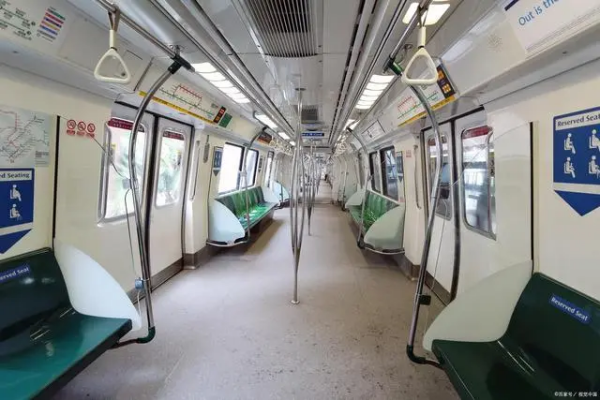
subway
subway是个名词,其含义为“ 地铁,地铁交通;(穿越马路等的)地下人行道”,其复数形式为subways。在北美英语中,通常用subway表示“地铁”,说英国英语的人指美国城市的地铁亦用subway,而指其他欧洲国家的地铁则用metro。
例句如下:
The extension of the subway will take several months.
扩建地铁需用几个月时间。
underground
underground既可以是名词,也可以是形容词,还可以是副词。当其为名词时,意思是“地铁”,通常在英国英语中,人们会使用underground来表示地铁。当其为副词时,意思是“地下;地面下;秘密地,暗中”。当其为形容词时,意思是“地下的;秘密的;非法的”。
例子:
I always travel by underground.
我总是乘地铁。
The electricity line is fed with power through an underground cable.
这条电线的电源是通过地下电缆传输的。
既然谈论了地铁,日常生活中,我们除了经常乘地铁,还会搭公交车出行,那公交车的英语是什么呢?
bus的意思是“公共汽车;巴士;公交车”,其复数形式为buses。
例如:
We've missed the bus.
我们错过了公交车。
地铁的英文
地铁英文单词是underground、metro、 subway。
underground、metro、 subway三个词都是表示地铁,underground是比较英式的说法,subway和metro的用法比较广。但是这三个词没有什么区别。
underground一般用词,指城市中的地铁,主要用于英国。subway指城市中的地铁或通道,主要用于美国。metro主要用于英国口语中。
以上就是关于地铁的由来和发展英语,用英语介绍地铁轨道的全部内容,以及地铁的由来 的相关内容,希望能够帮到您。
版权声明:本文来自用户投稿,不代表【蒲公英】立场,本平台所发表的文章、图片属于原权利人所有,因客观原因,或会存在不当使用的情况,非恶意侵犯原权利人相关权益,敬请相关权利人谅解并与我们联系(邮箱:350149276@qq.com)我们将及时处理,共同维护良好的网络创作环境。


